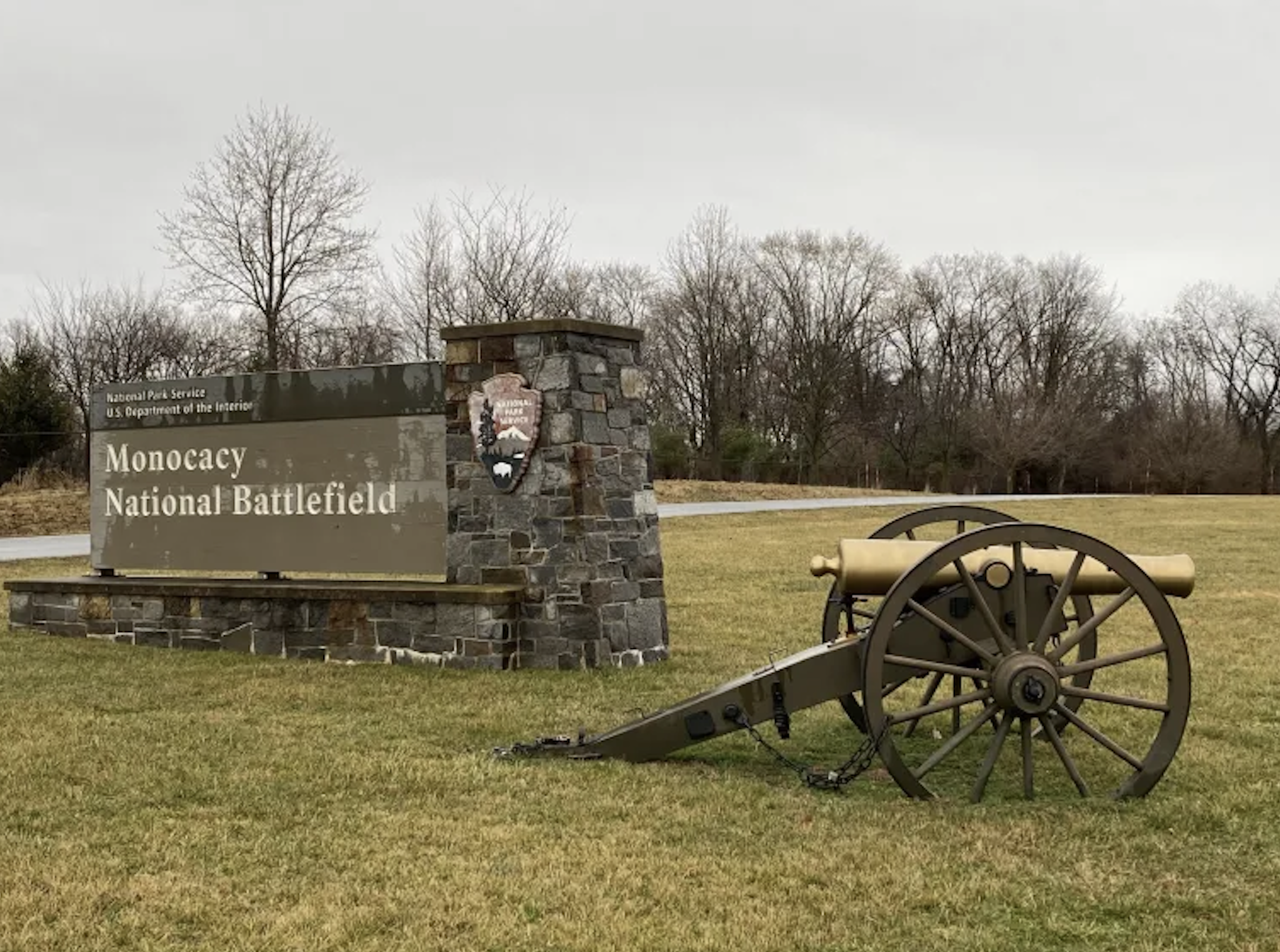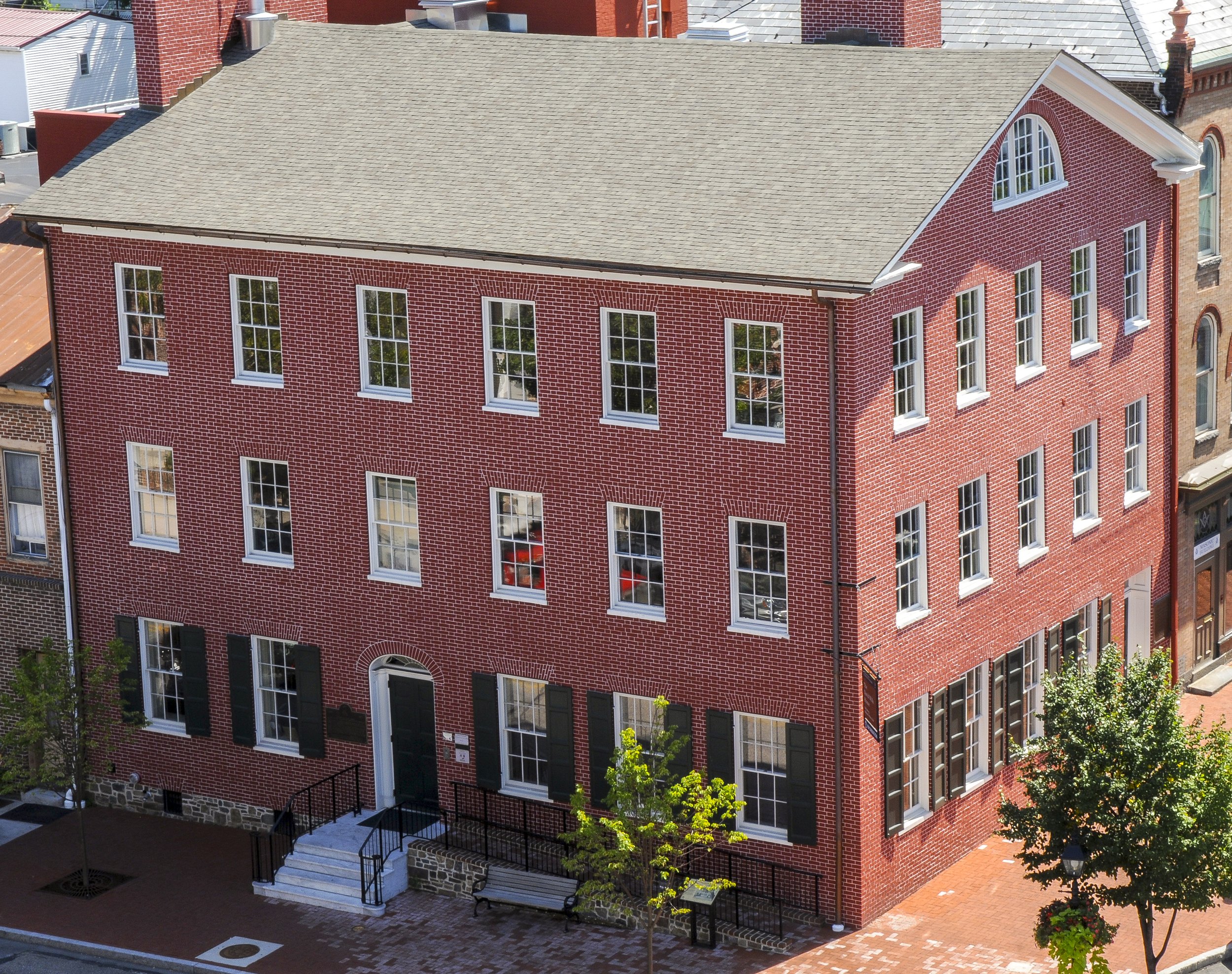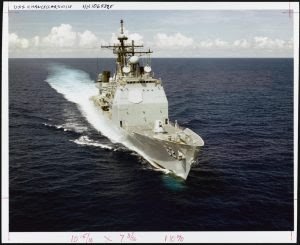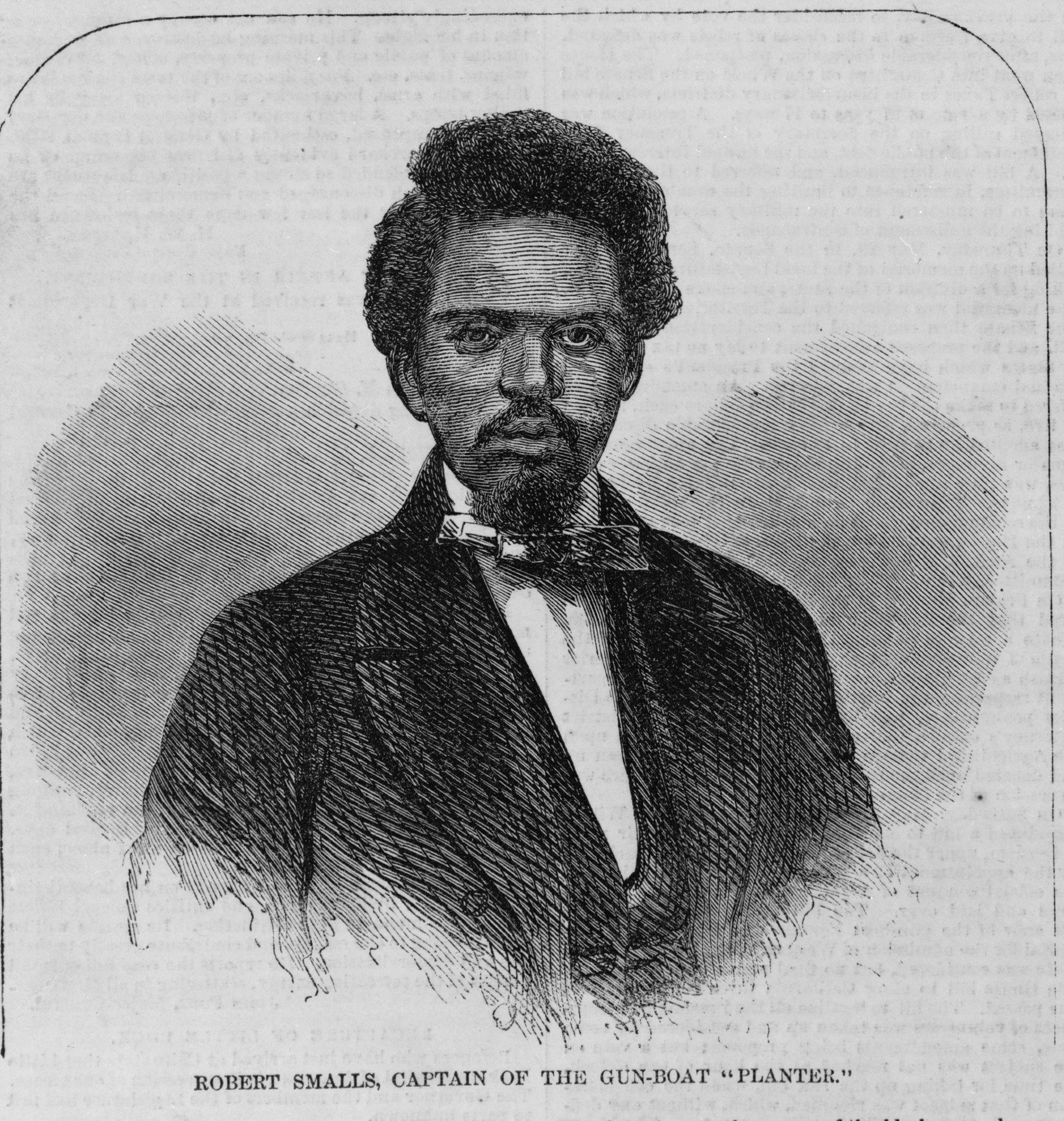WFMZ - History’s Headlines
by Frank Whelan (CWRT Board Member)
Wednesday, August 14, 1907, was cooler than most summer days in New York. Newspaper headlines shouted of a stock market crash, a strike by telegraph workers, and a friendly meeting between England’s King Edward VII and his cousin, Germany’s Emperor Kaiser Wilhelm II, on their yachts. That same day Georgia’s state legislature passed an election law which was written in such a way that would virtually deny the state’s Black citizens the right to vote. The governor announced he would sign it as soon as it got to his desk.
But for residents of 226 West 78th Street the day was marked by a personal tragedy, the death of 82-year-old Martha “Pattie” Thompson Pemberton. Since the death of her husband, Confederate General John C. Pemberton, in 1881, Mrs. Pemberton had lived at the Manhattan home of her daughter, Mrs. Patricia Pemberton Berman, and her stockbroker husband. Although an invalid for the previous eight years, Mrs. Pemberton’s end had come suddenly. The brief obituary noted the funeral would take place on August 16th at Philadelphia’s Laurel Hill Cemetery where she would be interred beside her husband. The train carrying her remains was scheduled to arrive at the city’s Broad Street Station at 3:10 that afternoon.
For a brief time in the early 1870s, the Pembertons had lived in the Lehigh Valley. At that time, the Allentown Iron Works was a booming, bustling, smoky place where pillars of flame rose against the night sky. It was said that it was possible to read a newspaper at 3:00 a.m. by the reflection they cast. But during the daylight hours it may have been a particular employee- a clerk that held himself with a military bearing- that would have drawn a visitor’s attention. With a full beard and wearing a black coat, he could be seen counting the rows of pig iron as they piled up in the yard. He would then go into the office and write up a report.
His name was John C. Pemberton and he hailed from an old Philadelphia family whose roots went back to the colonial era. He had graduated from West Point, served bravely in the Mexican War, and appeared to be on his way to being recognized as one of the distinguished soldiers in the U.S. Army. But he had made a fateful decision in 1861 and joined the Confederate cause. It was a path that led him to the command of Vicksburg, among the most important positions the rebel government had to offer. Its surrender after a prolonged siege to Ulysses Grant in 1863 made Pemberton a pariah in the South. Now regarded as a traitor in both North and South, the conflict’s end found him and his family for a time in Allentown.
Aloof and formal by his own admission with an argumentative temperament, Pemberton was not a good mixer. His idea of relaxing was reading, in the original Latin, the Aeneid, an epic poem by Virgil, the Roman poet’s tale of the Trojan warrior Aeneas who flees the burning city of Troy and, according to a legend, founded what becomes the Roman Empire. Local Union Civil War veterans recalled later that Pemberton was somewhat, as they put it, “a mite touchy,” when they tried to argue about the war. But they also recalled he always gave as good as he got when the subject came up. General Harry C. Trexler, then a young boy with a passion for Civil War history, recalled to associates seeing Pemberton and his family as they went to services at the city’s Grace Episcopal Church.
John Clifford Pemberton (1814-1881) was born into one of first families of Philadelphia that arrived roughly at the same time as William Penn. They held significant positions in the early government in the 17th century in Bucks County when it was created by Penn. Both Northampton County and later Lehigh County were formed out of the original Bucks County. In the 18th century Israel Pemberton, a Philadelphia merchant, was dubbed “King of the Quakers” due to his significant role in the political life of the colony. His support for Native Americans put him at odds with Thomas Penn, William Penn’s son and proprietor of the colony.
Pemberton’s father, also a John Pemberton, having fought in the War of 1812, apparently did not take his Quaker vow of pacifism terribly seriously. During that war Pemberton’s father got to know Andrew Jackson. It was through this link, in 1833, when Jackson was president, that Pemberton’s son was admitted to West Point. Pemberton was not the best student, and he got demerits for being something of a hell-raiser. His roommate was George Gordon Meade, a fellow Philadelphian who would later command the Union forces at Gettysburg.
According to one source his interests were primarily in the humanities rather than mathematics. Pemberton graduated 27th in a class of 50. His low grades kept him from being admitted to the prestigious engineer corps. But his father’s influence was able to get him a commission in the Fourth Artillery. As a young officer first in the Seminole War in Florida and later in the Mexican War, Pemberton did not shrink from dangerous assignments. But he was more comfortable in staff positions than he was in the field. “Pemberton had a knack for getting in the graces of high-ranking officers,” notes one source, “and staff duties seemed better fitted for his abilities than theater actions… he was no coward, but he developed a preference for duties.”
In contrast to his West Point days, Pemberton became something of a spit and polish soldier, a martinet who did not like being contradicted. In one instance while serving in Michigan one corporal with whom he was having an argument tried to shoot him. Writing to his mother Pemberton observed, “I cannot always bear reproach though I deserve it.”
Pemberton did not seem to take an active position on the growing north / south direction the country was taking. He apparently felt that as an army officer, slavery was not an issue on which he needed to take sides. But an influence that forced him to decide was his marriage in 1848 to Martha (Pattie) Thompson of Norfolk, Virginia. Her father owned a shipping business and also several slaves. As a wedding present he gave the couple a Black female slave to act as a cook. Their household also included two white servants. To avoid controversy Pemberton refused to allow the cook to travel with them when they went north of the Mason Dixon line. Pemberton and his wife were said to have five children, three of whom (Patricia, John Clifford and Francis Rawle) survived into adulthood. All three are buried at Laurel Hill Cemetery with their parents.
With the outbreak of the war his wife, a strong supporter of the South, insisted that he join the Confederate army. “Why do you delay? Jeff Davis has a commission just waiting for you,” she is said to have repeated. Historians doubt if this was indeed the case. Pemberton’s family in Philadelphia pleaded with him not to do it. But finally, they recognized that his love for his wife was stronger than anything they could say.
Pemberton was not welcomed with open arms. Confederates at once suspected him of not being a true believer in the cause. But as was his nature he soon attracted the attention of patrons, the most influential of which was the president of the Confederacy. Jefferson Davis found something to like in…
TO READ THE ENTIRE ARTICLE - PLEASE CLIK ON THIS LINK













